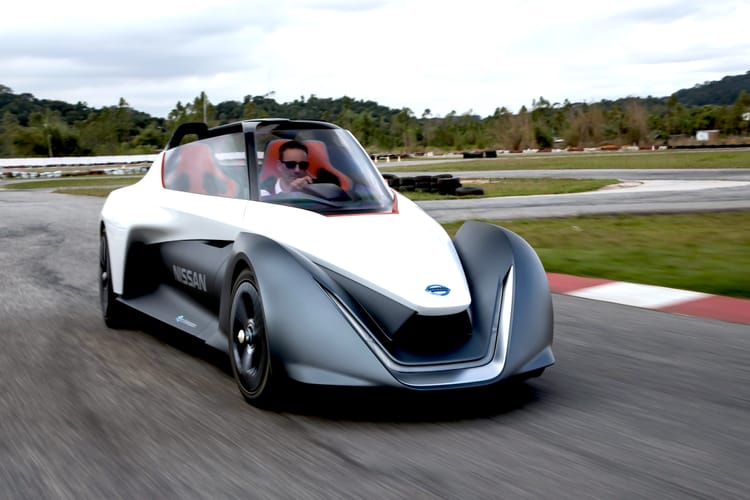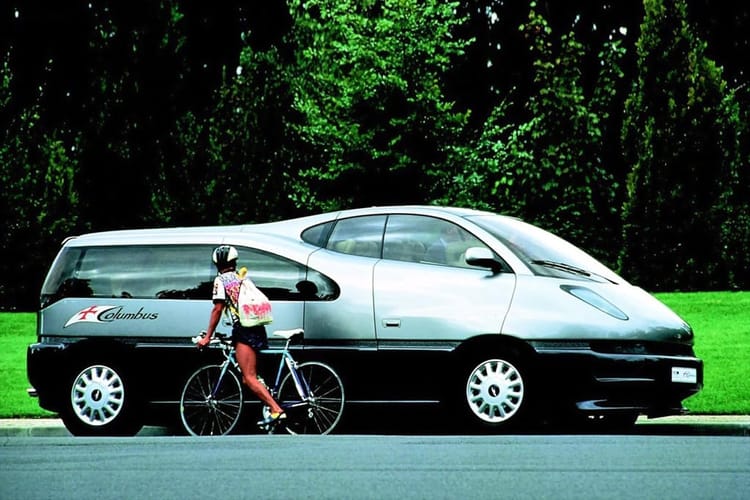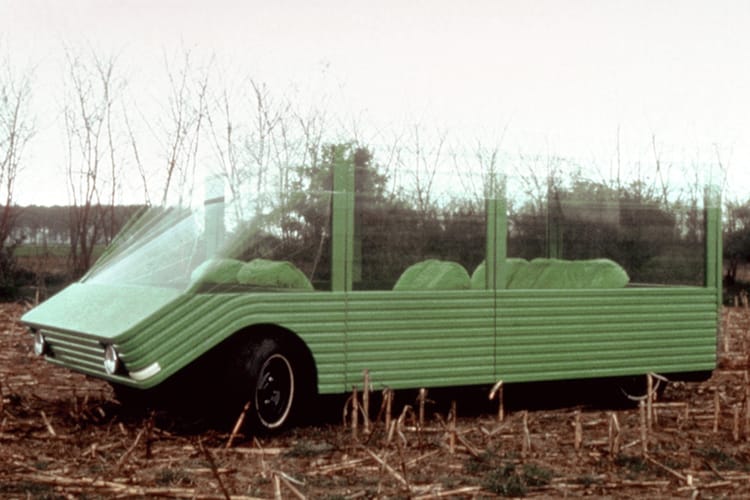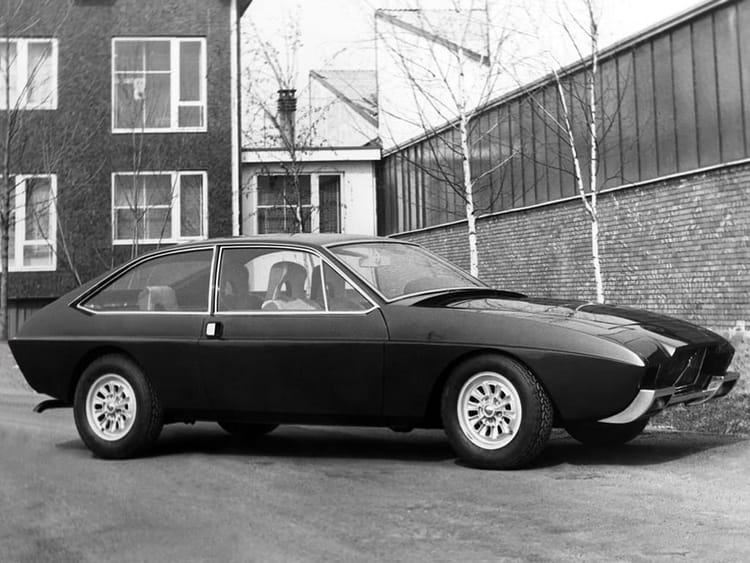BMC Mini by Wildgoose
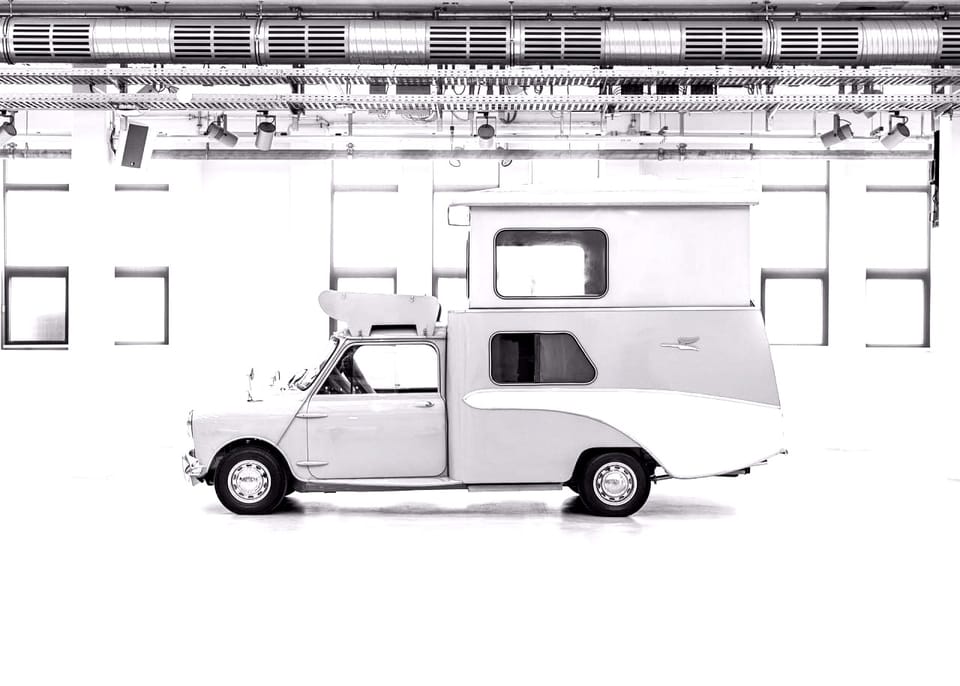
Believe it or not, older generations went camping.
Without the aid of battery banks, nasty water wicking synthetic fabric coatings, diesel heaters, reliable camp stoves, A/C, composting toilets, folding showers, and four-wheel drive, it’s a small miracle they survived at all. Imagine trekking out into the wilderness in this?
I suspect, for the sixty or so owners (and the select few who ordered the pop-top version, read on), it was perfectly OK — camping inside a Wildgoose looks surprisingly comfortable for the time.
These days, having a vintage Mini with which to tour around, hitting up local car shows and (in true credit card tourism fashion) finding gyms and/or motels for the odd shower is probably someone’s entire Instagram or YouTuber persona.
I first wrote about this car roughly a decade ago, and since then, much has changed in both real world recreational vehicles and the preservation of this tiny one.
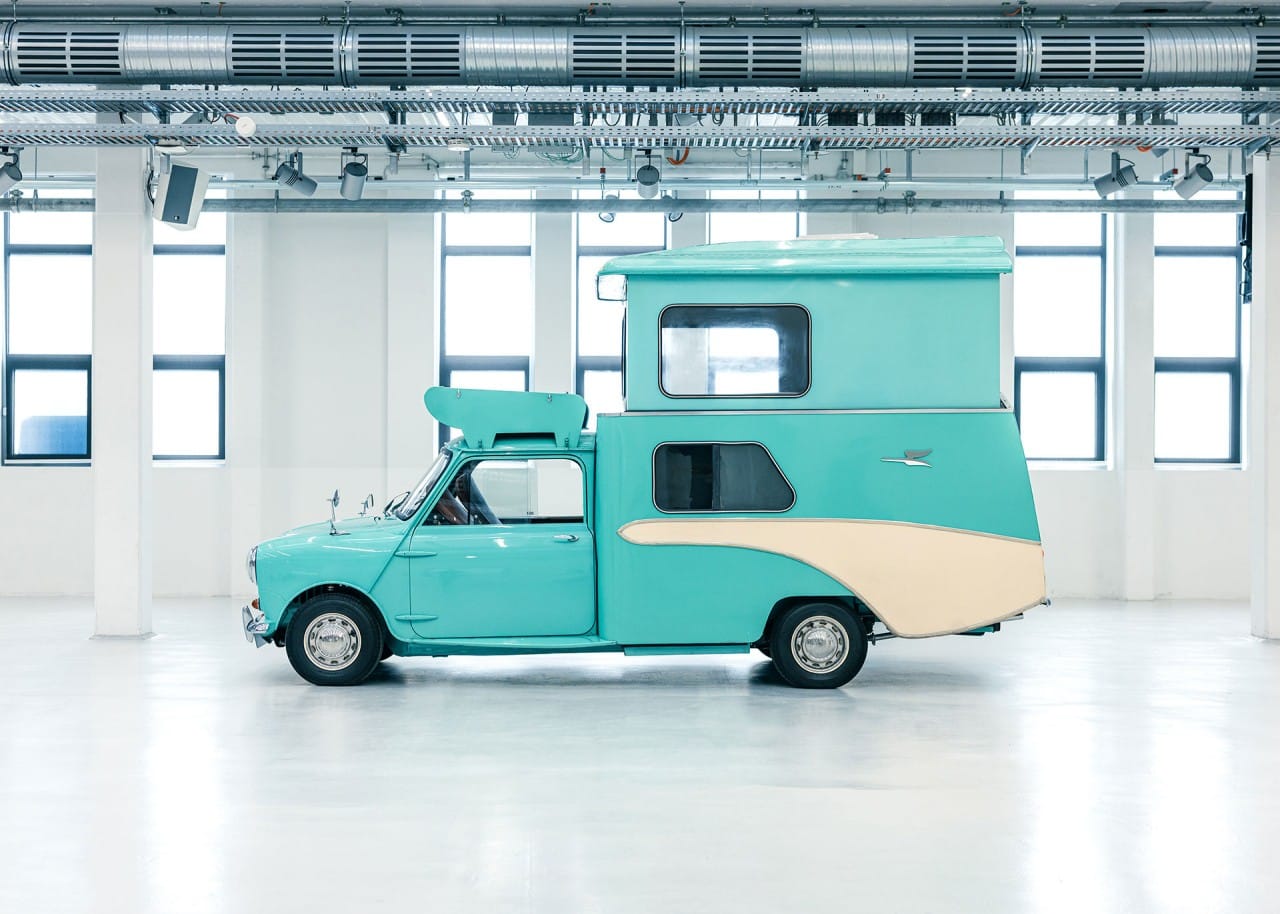
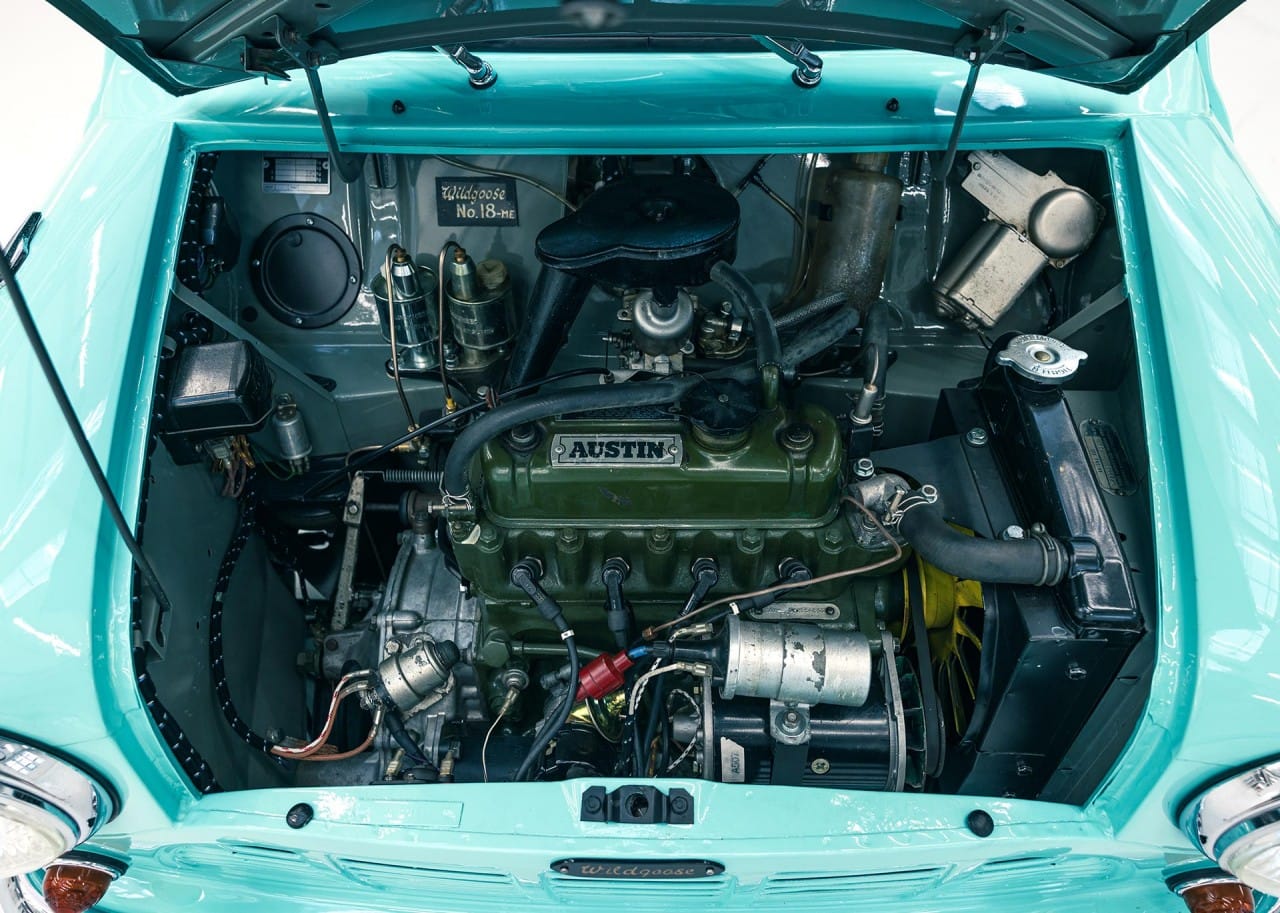
Ah, finally, a 34 horsepower RV! • via Mini
Indeed, Mini now has a Wildgoose in its collection, with an entire web page dedicated to it (here).
According to Mini, part of the Wildgoose's appeal came from its options and built-in functionality:
There were a few optional extras available for the Wildgoose. The compartment that can be seen on a few models on top of the cockpit is a luggage rack which can also be used to house a spare tyre. Customers could choose extended wing mirrors, a hammock-type bunk – which hangs in the middle – and undersealing, which would protect against impact damage.
The most stunning feature of the Wildgoose was the “Brent” version’s “vertically extending body”, or “Super V.E.B.” as the company called it. This allows drivers to literally raise the roof, using a button situated on the dashboard. Alternatively, an auxiliary raising system was also provided by means of a winding handle.
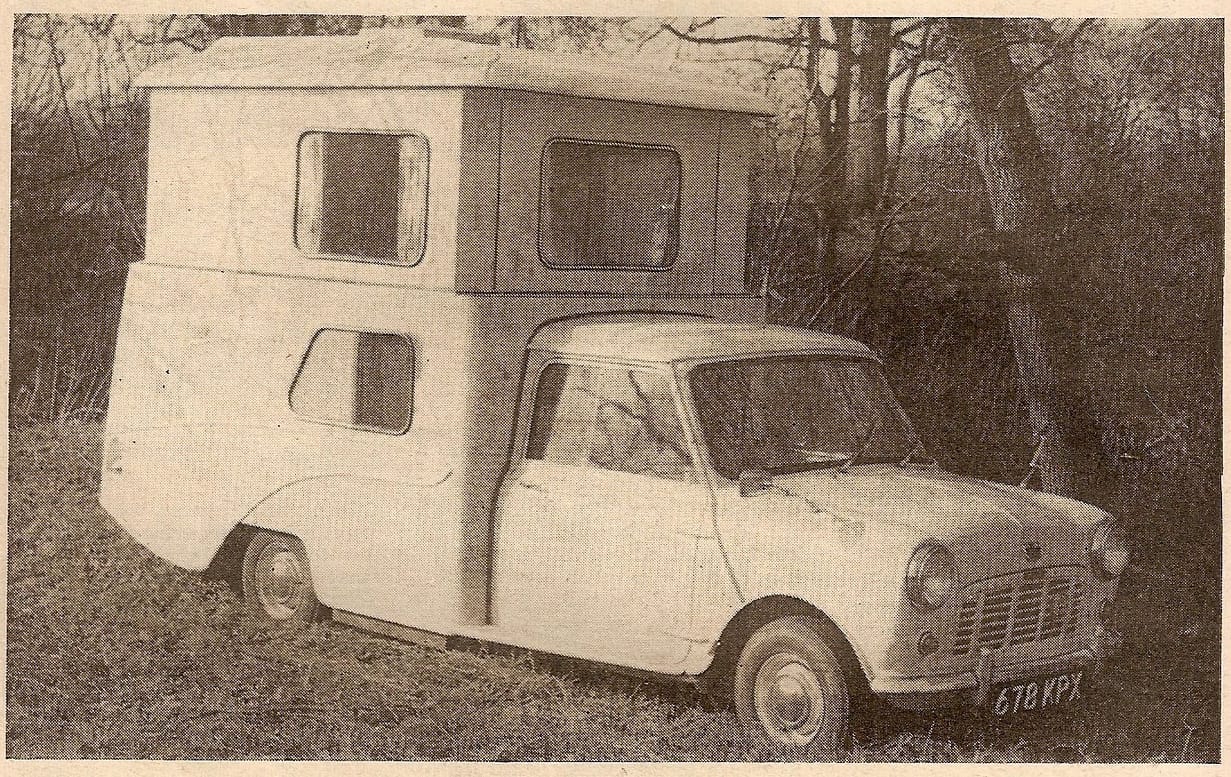
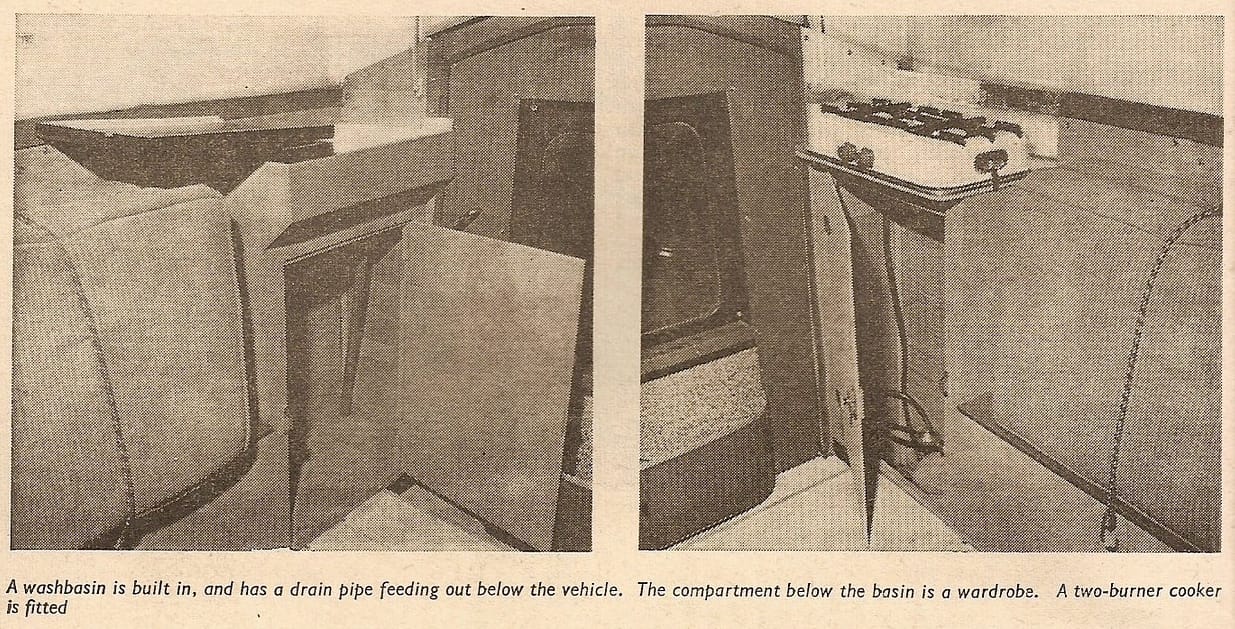
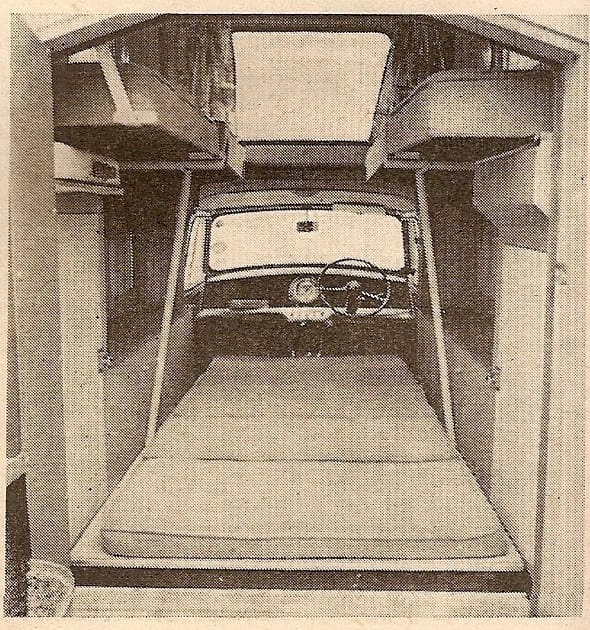
BMC Mini scans • via Autocar (scan on Flickr)

I’ve also been able to find an old Autocar review posted to Flickr that notes a key aspect of why we’re talking about the Wildgoose all these years later. Autocar states that the caravan is built in a unit:
“…and the front end of the Minivan is added to it. This is a true motorized caravan. The body is built to the maximum dimensions of width and length which can reasonably be matched to the Mini front end, and the cab forms an integral part of the structure.”
In addition to this, the (optional) little hump ahead of the secondary structure is quite clever: it’s a wing-shaped box that houses a spare tire and additional storage.
Story continues below sources…

